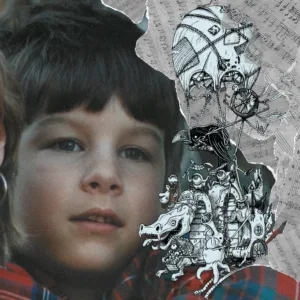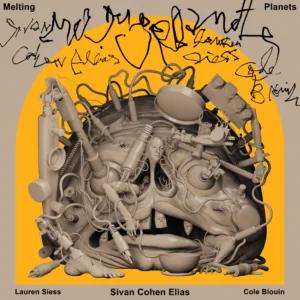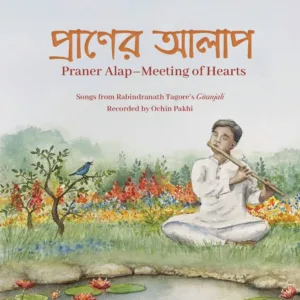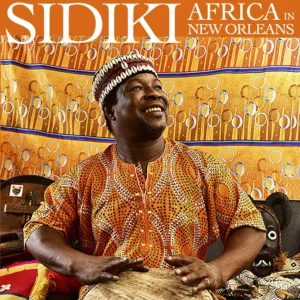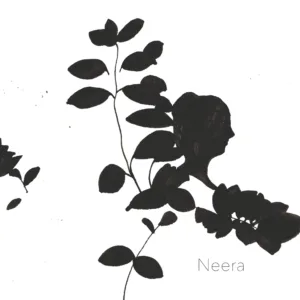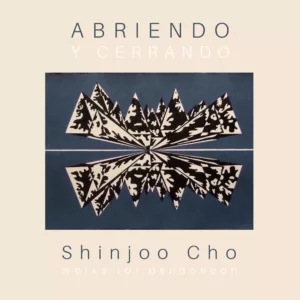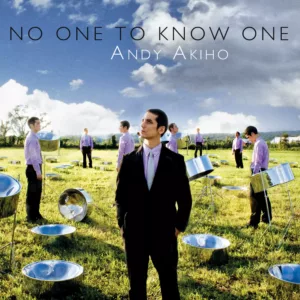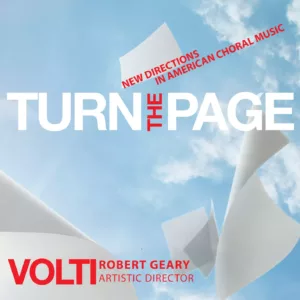Composed and Performed by Alexander Berne
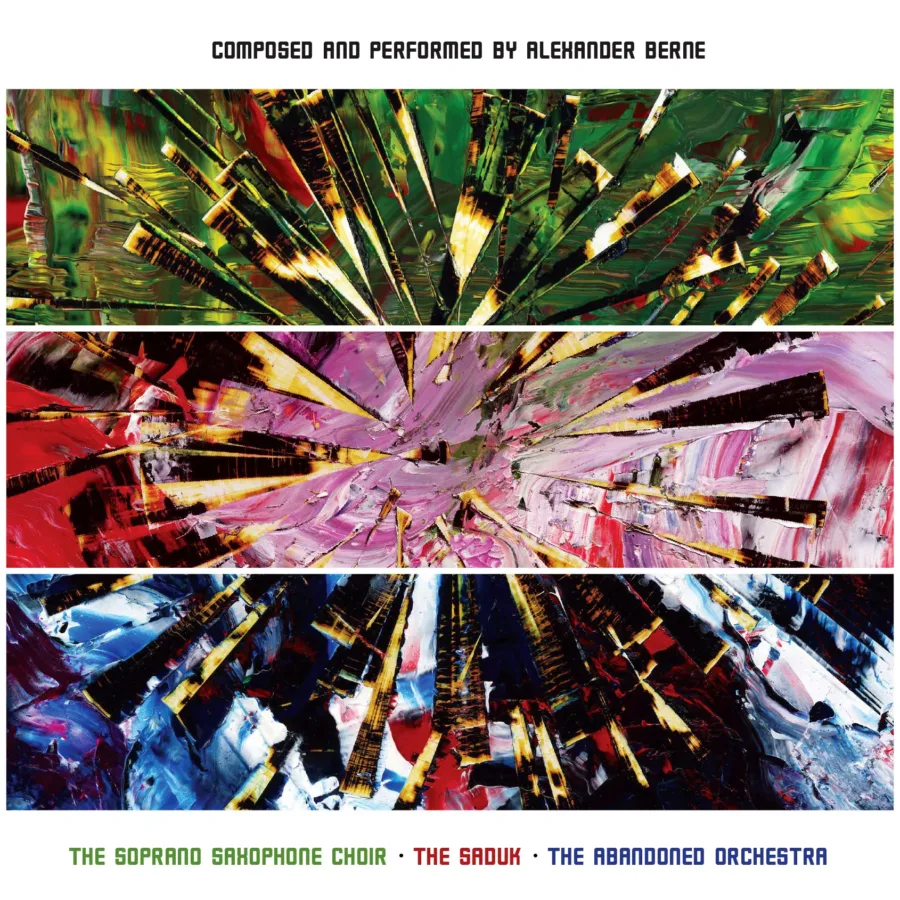
I spent the better part of the last two decades of my musical life in a rather Sisyphean struggle, practicing and only occasionally performing my own improvisatory sound creations, for the saxophone alone. I worked on an extended (non-circular) breathing technique, an original fingering method that generated polyphonic musical passages on what is usually a monophonic instrument, and a nearly unprecedented rapidity of note making without the usual loss of articulation, individual note clarity, and sonic purity.
As part of this process, I discovered, as many wind instrumentalists no doubt have before me, that specific postures and breathing disciplines were technically connected with teachings that lead towards the achievement of a focused mind, or meditation. I found that with the hyper speed I was attempting, as I coaxed one musical line to split into multiples, if I focused clearly and mentally traced the several lines, I could occasionally achieve a form of concentration resulting in a peaceful, elevated feeling.
A fair analogy might be the optical illusion of watching a fast spinning wheel seem to slow and then move in the opposite direction. This was all well and good, but the resulting ‘sound art’ often felt incomplete; it was beyond my grasp to consistently achieve or translate what I was attempting with a single monophonic instrument.
In this current innova 3-CD set I have explored my increasing fascination with the craft of multi-track studio recording techniques to more fully convey (compositionally) on multiple instruments what I previously attempted (improvisationally) solo. The studio has allowed me to more clearly delineate those individual voices and develop a more cohesive yet still fractal polyphony. I hope the essence of the art (musical and spiritual) is not dispersed by studio technology (I am not sure about this…it well might be).
The genesis of the first CD “The Soprano Saxophone Choir” came years ago as an exercise to improve my tone. I found that by creating (in studio) an accompaniment of various layered tones and phrases, in different registers and with different timbres, I could awaken hidden qualities in my sound. Vibrations are powerful, and we sometimes forget that there are actual physical changes taking place in the instrument which have corresponding aesthetic effects on the practitioner and hopefully the listener as well. There seems to be a special, even mystical quality when an instrument or voice is multiplied by itself…a choir. This first CD is an exploration of that choir phenomenon: many soprano saxophones living together, magnifying the ‘overtonal’, textural, harmonic, vibratory, ‘soundistic’ experience.
CD two, “The Saduk” – What do nearly all instrumental virtuoso do? Running headlong into limitations, they make significant changes to their instruments or in some cases make a new one entirely. I love the saxophone deeply, but it has some inherent constraints. It is a ‘heavy’ instrument, laden down with many large keys; you need a lot of breath to vibrate its elongated conical metal tube. Often longing for a more tender palette of expression than the saxophone would allow, – I developed flute envy. My solution was to create the saduk, the simple open-holed flute/reed hybrid featured on these tracks. Inspired in equal measure by an inner sound – one that I have ‘felt’ as much as ‘heard’ throughout my life – and the primal, tender wind instruments found in most world traditions, this recording marries a prenatally familiar wind expression with voice, percussion, saxophone and other acoustic sounds.
For the third CD, “The Abandoned Orchestra”, I did not throw in everything but the kitchen sink; I did, however, use enough plumbing materials – making new wind instruments – to fix that sink quite a few times over. Along with the saxophone and saduk I created the sadukini (a conically functioning saduk, similar to ‘world oboes’ like the nadaswaram, shenai, or zurna), the tridoulaphone (another flute/reed hybrid heard here in soprano, alto, and tenor registers), and a reeded slide trumpet.
“The Abandoned Orchestra” continues with my solitary, unassisted practice of composing, performing and recording. I have been contemplating the two senses of abandonment: to be abandoned is to be either forsaken or unrestrained – but isolation and desertion may lead to autonomy and liberty. In this self-layered orchestra, I have explored my own diverse pre- and post-ethnic sound world… -Alexander Berne, 2010
